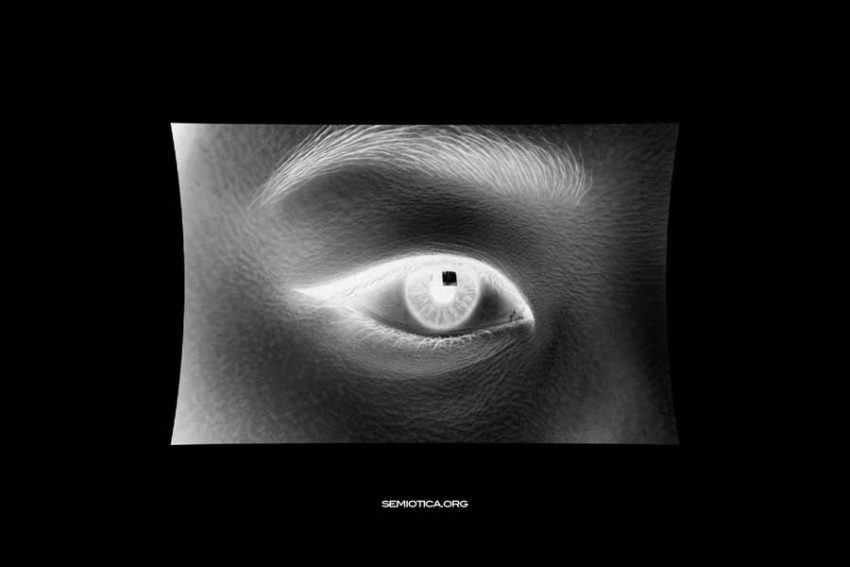According to Per Aage Brandt, a sign is an act or artifact performed by an agent—human or animal—addressed to other agents with the purpose of showing, telling, or signifying something. This very article, he notes, qualifies as a sign. As such, every sign is inherently deictic: it contains an enunciative component, meaning that it points—through its expression or signifier—on behalf of some instance, toward a content that makes sense within a shared context.
This content may take on many forms. In fact, configuring content is described as “one of the major challenges of semiotic analysis.”
In linguistic terms, the minimal sign is not the word but the sentence, because only the sentence inherently involves enunciation—it is a minimal utterance. Within a sentence, phrases, words, roots, and morphemes function as proto-signs, which must integrate into phrasal syntax to make sense as sentence parts. Nevertheless, these proto-signs already carry meaning: their expressions or signifiers—phonetic or graphic—are conventionally linked to conceptual contents. They function as symbols.
Brandt notes that in spoken language, words can also be replaced by gestures or iconic signs. Spoken sentences are not always completed, and the remaining meaning is often entrusted to meaningful movement.
One can frequently observe these symbolic, iconic, or diagrammatic expressions—or proto-signs—appearing independently in social life, such as road signs. In such cases, it is the physical supports—the poles and their spatial placement—that serve as deictic frames and instances of enunciation, thus turning the proto-sign into an autonomous sign.
Semiotic tradition often holds, following Ferdinand de Saussure, that words are the elementary signs of language. However, Brandt clarifies that words are only proto-signs unless they are used in isolation within a deictic frame, such as the number of stars on a general’s kepi (two for a brigadier, three for a divisional general, etc.), or the signs on restroom doors (male/female).
In summary, Brandt defines a sign as a more or less complex deictic expression, always involving an instance of enunciation. It carries a proto-sign, which may be iconic, symbolic, diagrammatic, or a combination thereof. Furthermore, a sign often embeds other signs, resulting in multiple levels of enunciation.
Source: Per Aage Brandt, Qu’est-ce que la sémiotique ? Une introduction à l’usage des non-initiés courageux, Case Western Reserve University, published in Actes Sémiotiques, Université de Limoges
